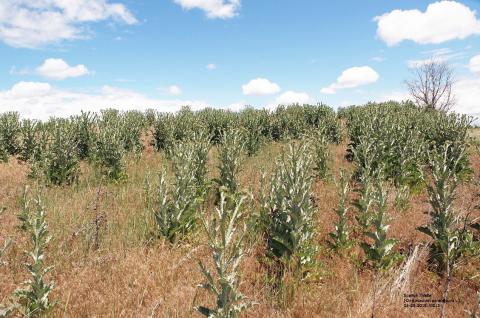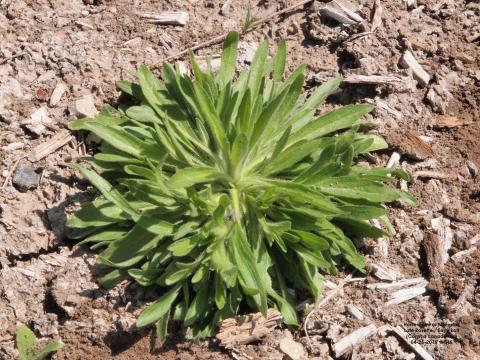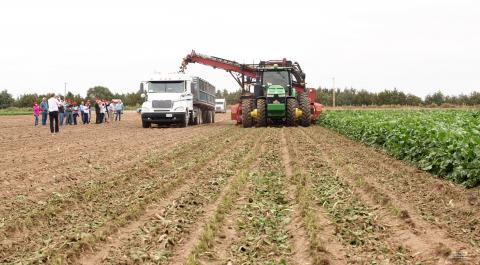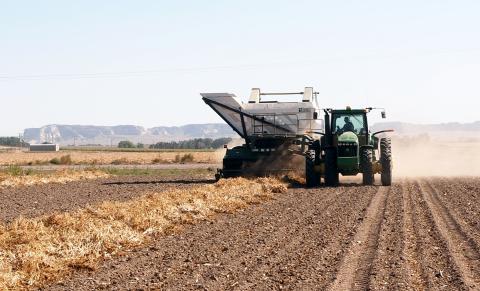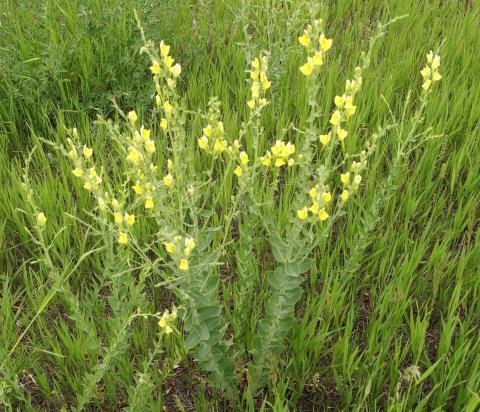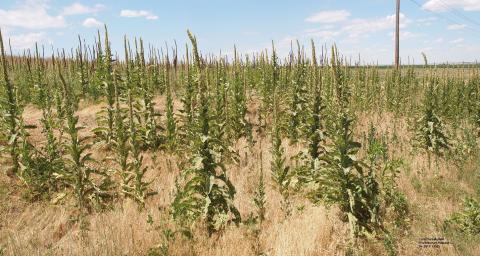Invasive Scotch Thistle Weed has Staying Power
April 11, 2019
Scotch thistle, which can now be found throughout much of North America, is an invasive weed from Eurasia threatening areas along rivers in western Nebraska. Early control efforts are essential to management.
Rocky Mountain Snowmelt Runoff Above Average
March 27, 2019
The preliminary outlook is for a high level of snowmelt runoff for the North Platte River this spring.
Act Soon to Manage Invasive Marestail in Pastures
March 27, 2019
A description of marestail's history as an invasive weed in pastures and its management. Herbicide applications for marestail in pastures and rangeland may be most effective if applied in very early spring from April through early May.
Sugar Beet Harvest Finishes Well
November 27, 2018
It was a good sugar beet harvest in the Nebraska Panhandle and now beets are being processed. Nebraska ranks fifth in the nation in sugar beet production
Foreign Ag Representatives View Nebraska Farms First-Hand
September 27, 2018
A group of 27 foreign agriculture attachés from 23 countries recently visited several ag production sites in Nebraska, including a farm near Morrill where sugarbeet harvest was underway.
Dry Edible Bean Harvest Underway in the Panhandle
September 13, 2018
With limited precipitation and warm temperatures this week, dry beans turned quickly and harvest has started. Conditions should provide for good data collection from on-farm research of using direct harvesting methods.
Dalmation Toadflax: Prevention Key to Management
June 13, 2018
Dalmatian toadflax is a perennial herb that spreads quickly in disturbed pastures and rangelands. Prevention is the best and cheapest management option; once established, mechanical, biological and chemical measures may help achieve control.
Common Mullein, an Invasive Weed on Nebraska’s Horizon
June 4, 2018
Common mullein is an invasive weed threatening western Nebraska land use. Here's what you need to know to be on your guard as prevention and early control are the best and the cheapest management options.

